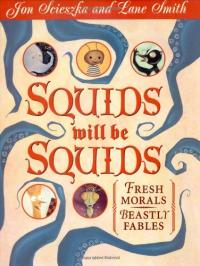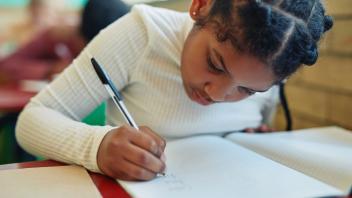Key Information
Focus
Appropriate Group Size
What is descriptive writing?
Descriptive writing helps the reader visualize the person, place, thing, or situation being described. When a text conjures a vivid, sensory impression in the reader’s mind, not only does it make the writing more interesting to read; it helps the reader understand the text better and recognize the author’s intention more clearly.
Why teach descriptive writing?
- It helps students make their writing more interesting and engaging to read.
- It creates opportunities for students to practice using new words in meaningful contexts, a key strategy for building vocabulary.
- Descriptive writing tends to include figurative language, such as simile, metaphor, and onomatopoeia. Noticing figurative language in mentor texts and incorporating it into their own writing help students build critical verbal reasoning skills. To find out more about verbal reasoning and other components of language comprehension, see the “In Depth” section from the Comprehension module of our Reading 101 Course.
- It encourages students to learn from — and be metacognitive about — the techniques other authors use to write vivid descriptions.
- It can help students clarify their understanding of new subject matter material and remember more of what they learn.
How to teach descriptive writing
If only descriptive writing were as simple as “show, don’t tell”! Descriptive writing is a skill — and a craft — that takes instruction, practice, and time to learn. The good news is that it can be explicitly taught. An understanding of the characteristics of effective descriptive writing, combined with a toolkit of structures and strategies to scaffold learning and practice, can enhance students’ development as authors of vivid, evocative writing.
What effective descriptive writing looks like
Authors of descriptive writing use a variety of styles and techniques to connect with readers, but effective descriptive writing often shares these characteristics:
- Vivid details. Specific details paint a picture in the reader’s mind and appeal to the reader’s senses. Descriptive writing may also go beyond creating a strong sensory impression to give the reader a “picture” of the feelings the description evokes in the writer.
- Figurative language. Tools of the writer’s craft such as analogy, simile, and metaphor add depth to authors’ descriptions.
- Precise language. General adjectives, nouns, and passive verbs are used sparingly. Instead, specific adjectives and nouns and strong action verbs give life to the picture being painted in the reader’s mind.
- Thoughtful organization. Some ways to organize descriptive writing include: chronological (time), spatial (location), and order of importance. Descriptive writing about a person might begin with a physical description, followed by how the person thinks, feels and acts.
What effective instruction looks like
There isn’t one right approach to teaching descriptive writing, but effective instruction often includes:
- Mentor texts. Reading aloud and analyzing high-quality mentor texts to help students understand how authors use descriptive writing to connect with readers.
- Focus on the five senses. Helping students make the connection between sensory input (sight, sound, smell, taste, and touch) and descriptive writing.
- Teacher modeling. Modeling different ways to generate descriptive writing.
- Guided practice. Repeated, structured practice scaffolded to meet students’ needs.
- Feedback and revision. Cycles of constructive teacher and peer feedback followed by thoughtful revision.
Learn more about building writing skills in our self-paced module Reading 101: Writing.
Watch a demonstration: show NOT tell using your 5 senses
In this virtual lesson, the teacher models generating written descriptions of a hot day using the five senses as a framework.
Watch a lesson (whole class)
Students use their five senses and a graphic organizer to brainstorm ideas for writing a report on a recent school event and to help them think about interesting words to include in their report. (FBalanced Literacy Diet: Putting Research into Practice in the Classroom)
Watch a lesson (whole class)
Writer’s Workshop connects great children’s literature with children’s own writing experiences. In this video clip from our Launching Young Readers PBS series, Lynn Reichle’s second graders practice their use of descriptive writing.
Collect resources
Here are some routines and structures for teaching descriptive writing:
- The RAFT strategy encourages descriptive writing and supports writing in general by encouraging students to think through the writer’s Role, the Audience, the Format, and the Topic. ReadWriteThink offers this RAFT Writing Template.
- This Sense Chart — organized into sight, sound, smell, taste, and touch categories — helps students capture sensory details related to a topic. The Describing Wheel offers a more open-ended format for capturing and organizing descriptive language.
- The Show-Me Sentences lesson plan from ReadWriteThink was created for students in grades 6-12. However, elementary teachers can modify the Show-Me sentences to make them interesting for younger students.
- This lesson plan from Utah Education Network guides students through the process of writing about a favorite place using descriptive language.
- This lesson plan from the Philadelphia Museum of Art has students work collaboratively to generate descriptive writing about works of art. It is intended for upper elementary and middle grades but can be adapted for lower grades.
- Teacher Laura Torres created a lesson plan that uses images to jumpstart vivid writing: Three Descriptive Writing Picture Prompts.
Differentiate instruction
For second language learners, students of varying reading skill, and younger learners
- Use dictation as a way to help capture your students’ thoughts and ideas.
- Provide sentence frames for writing descriptive sentences or paragraphs.
- Use pictures and other sensory prompts.
- Provide budding writers with real-life or virtual experiences that give them something to write about. Trips to a relative’s house, playground or grocery store provide real-life experiences that can be recorded by a new writer.
- Encourage your students to work with a buddy or in a small group to develop first drafts.
- Work with your students to brainstorm a word bank of interesting and descriptive words they can incorporate into their writing.
Use across the content areas
Math
This resource from Greenville County Schools in South Carolina provides several ideas for writing in math class. Writing and mathematics are similar in that they both require gathering, organizing, and clarifying thoughts. Writing can support math instruction by helping students make sense of important concepts and procedures.
Science
Descriptive writing in science can help students capture observations and scientific phenomena with greater precision, and can help them comprehend new material by explaining it in their own words. Fazio and Gallagher propose two instructional strategies to assist teachers and student when writing in science: a mnemonic acronym (POWER) and an editing checklist.
Social Studies
In social studies, descriptive writing can help students describe an important historical figure or event more clearly. Writing rich in detail will create vivid depictions of people and places and help make history come alive.
See the research that supports this strategy
Akerson, V. L., & Young, T.A. (2005). Science the ‘write’ way. Science and Children, 43(3), 38-41.
MacArthur, C., Graham, S., & Fitzgerald, J. (2016). Handbook of research on writing (2nd Edition). NY: Guilford.
Miller, R.G., & Calfee, R.C. (2004). Making thinking visible: A method to encourage science writing in upper elementary grades. Science and Children, (42)3, 20-25.
Children’s books to use with this strategy
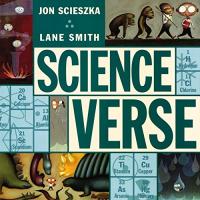
Science Verse
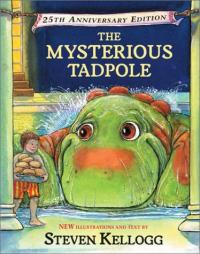
The Mysterious Tadpole
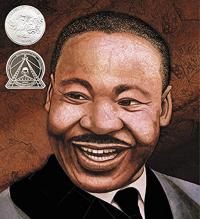
Martin’s Big Words: The Life of Dr. Martin Luther King, Jr.
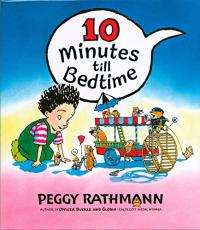
10 Minutes Till Bedtime

One World, One Day
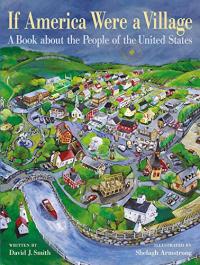
If America Were a Village: A Book About the People of the United States
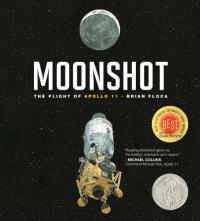
Moonshot: The Flight of Apollo 11
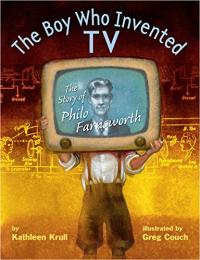
The Boy Who Invented TV: The Story of Philo Farnsworth
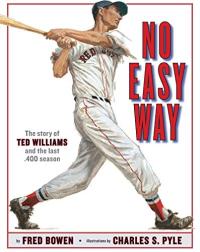
No Easy Way: The Story of Ted Williams and the Last .400 Season

Soup Day

Jack and the Beanstalk
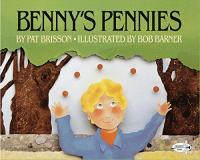
Benny’s Pennies

I Face the Wind

26 Letters and 99 Cents

A Drop of Water: A Book of Science and Wonder
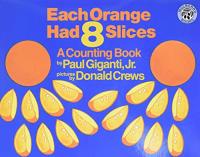
Each Orange Had 8 Slices: A Counting Book
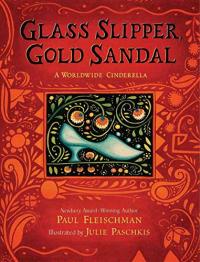
Glass Slipper, Gold Sandal: A Worldwide Cinderella
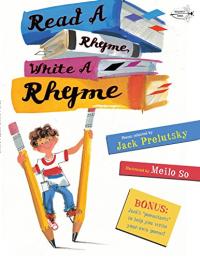
Read a Rhyme, Write a Rhyme
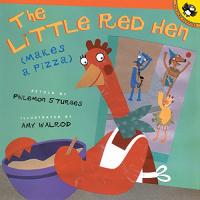
The Little Red Hen (Makes a Pizza)
